The chair of Raith Supporters Trust has said that some level of fan ownership should be on the table in any future sale of the club.
Alan Russell told Courier Sport that while supporter involvement is not a silver bullet, it can help to provide necessary checks and balances in what can be a volatile industry.
The trust keeps regular contact with Rovers owner John Sim and the dialogue is always constructive between the parties – even during what has been a difficult year.
Russell said that not every owner would be as forthcoming during such times.
Fan ownership ‘not a panacea’
He added that he hopes to see greater representation of fans should a new owner come in.
Fan ownership models are becoming more common in Scotland, though the form varies from club to club.
Like everything else this model has benefits and potential pitfalls.
“I think fan ownership is realistic,” added Russell. “At clubs at every level in Scotland, we’ve got fan-owned clubs is all four divisions.
“It’s not a panacea, it doesn’t mean every problem is solved, it’s not perfect – but neither are traditional forms of ownership.
“You can see from John’s statement on Friday that the club is losing a six-figure sum every year under conventional private ownership.
“I can see there are challenges in fan ownership because you have to find money from somewhere or make changes to the business model in terms of how much the club spends or how much it can afford to spend.
Checks and balances
“But fan ownership, with its challenges, is I believe a better solution than relying on a private individual to put money in every single season – until you reach a point where they are unable or unwilling to.
“And then you are in crisis.
“Fan ownership gives you a more stable form of ownership but you have to live within your means.
“I think fundamentally all football clubs should live within their means, so fan ownership can actually help force that reality.”
Raith Supporters Trust was set up in 2001 to provide a voice to supporters.
It has raised funds for the club and was heavily involved in the Reclaim The Rovers campaign in 2005.
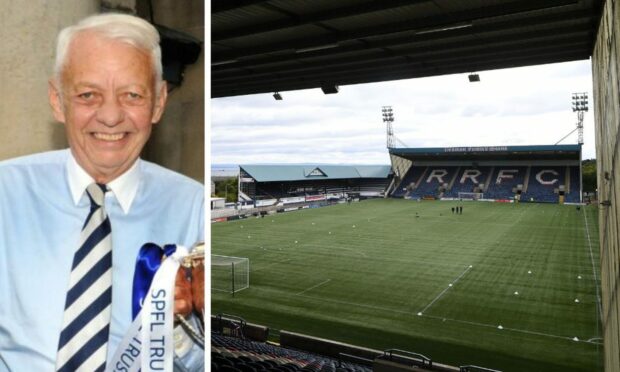
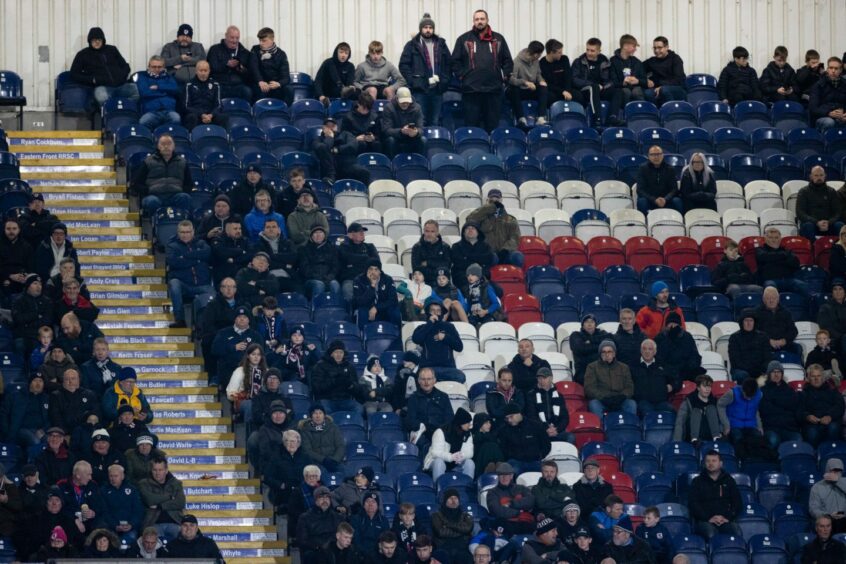
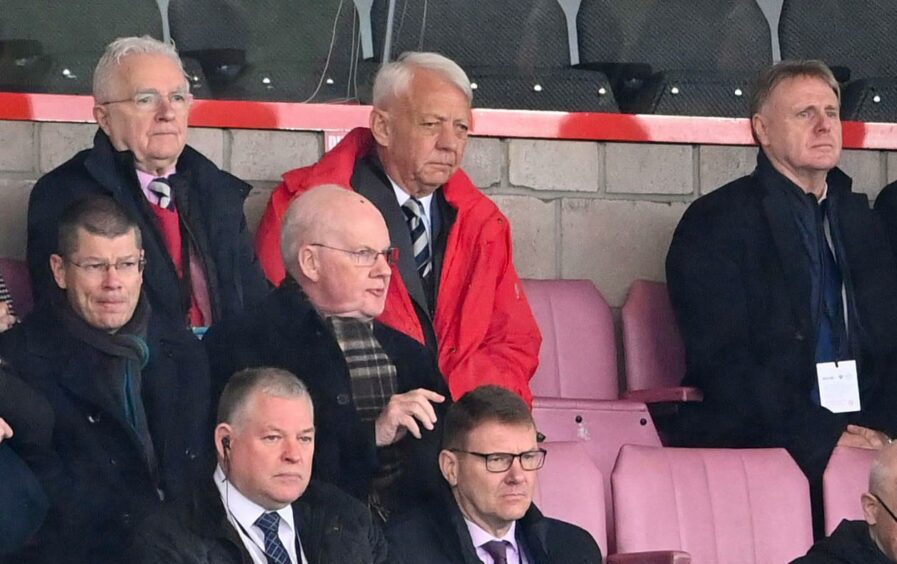



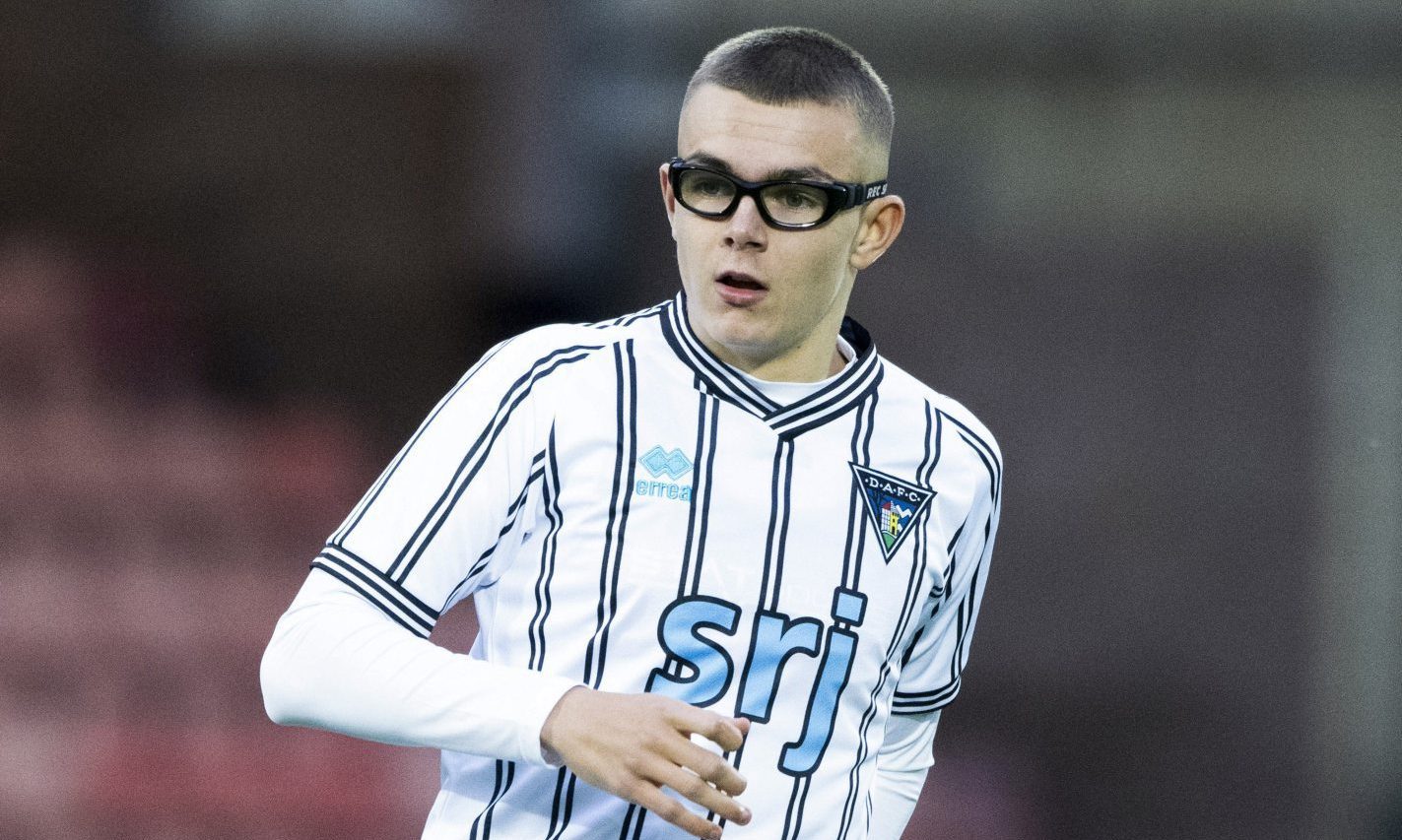
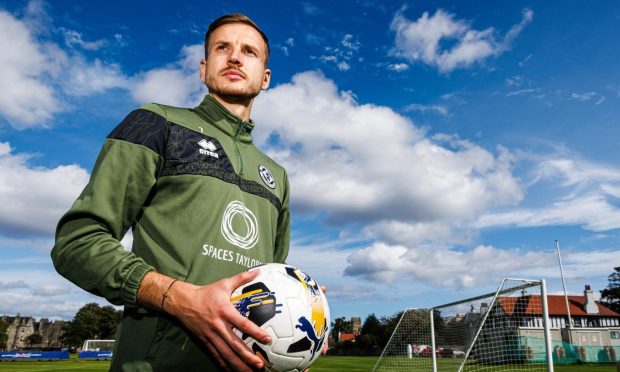



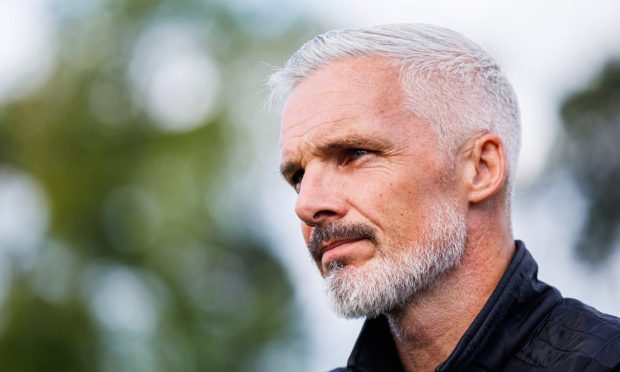

Conversation